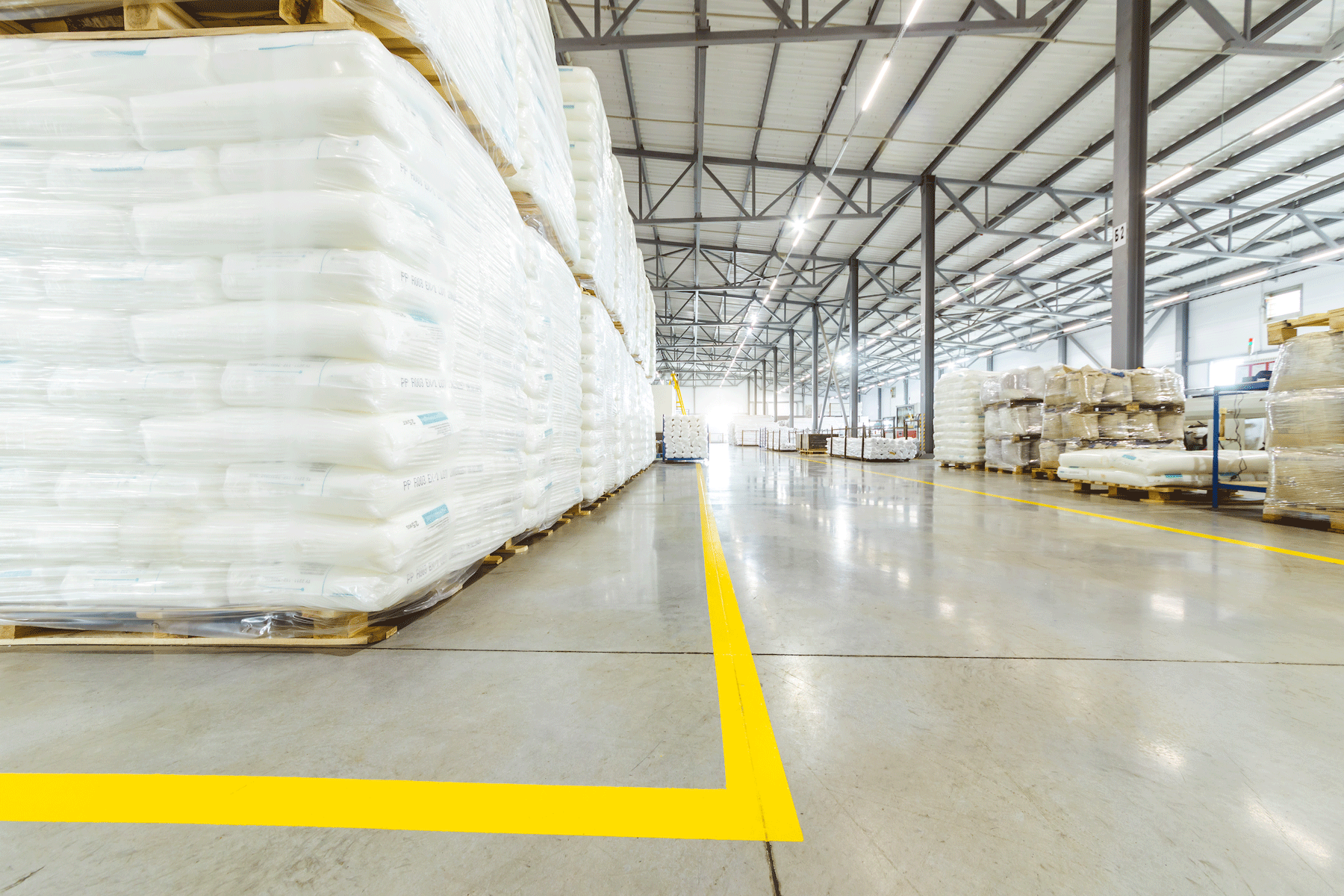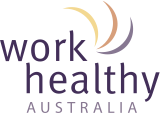Task-specific Manual Handling Training

It is your responsibility to ensure your employees understand how to safely perform their jobs, and that supervisors understand the high risk tasks within their work areas, and how to manage them.
Our Manual Handling Training programs are tailored to suit the needs at your site and can help you to achieve this.
Our trainers understand your world
Training is delivered by our workplace health providers, who are highly trained and experienced in workplace musculoskeletal injuries, and workplace safety and compliance standards.
They will observe injuries trends, high risk work areas, high risk tasks, and formulate a training program based on these observations.
In addition to the training, we will provide guidance and recommendations regarding employee safety and injury prevention in your workplace.
Tailored to your workplace
Prior to conducting the training, our providers will take the time to learn of your needs – which may be:
- to show employees how to identify potentially hazardous manual tasks and how to navigate this risk
- to show employees how to use ergonomic controls appropriately
- to train your supervisors and managers on the importance of understanding and managing risk
- to teach new employees on how to use their bodies to safely and effectively perform their job
- to show your employees how to safely use their bodies when using new equipment
- to train a group of employees on how to use their bodies to correctly perform a specific task
Delivery formats available:
Theory
This is a classroom-based presentation covering the fundamentals of manual handling. It can be tailored to suit a group of workers, or a group of supervisors and managers.
Training will cover-off roles and responsibilities, the basics of anatomy, how to best perform manual handling tasks, and the importance of understanding the physical demands and risks associated with particular jobs.
Practical
During the process of observing the jobs and tasks within your workplace, our Providers will identify opportunities where a worker could undertake a task more safely.
This information is then used to carry out more meaningful training, specific to the identified task. Can be applied as one-on-one training or for a group setting.
How does Manual Handling Training benefit your business?
- Workplace risks are identified, managed and minimised, which contributes to reduced injury rates and a better safety culture
- Consulting and engaging in meaningful conversations with workers reiterates your commitment to safety
- Employees will know how to identify potentially hazardous manual tasks and how to navigate this risk
- Employees will know how to use ergonomic controls appropriately
When is a good time to conduct Manual Handling Training?
- When a specific task tends to have the same injury occurring frequently
- When you install new equipment
- When you have new employees
- When you assign a group of workers to a new task
Why Choose Us?


